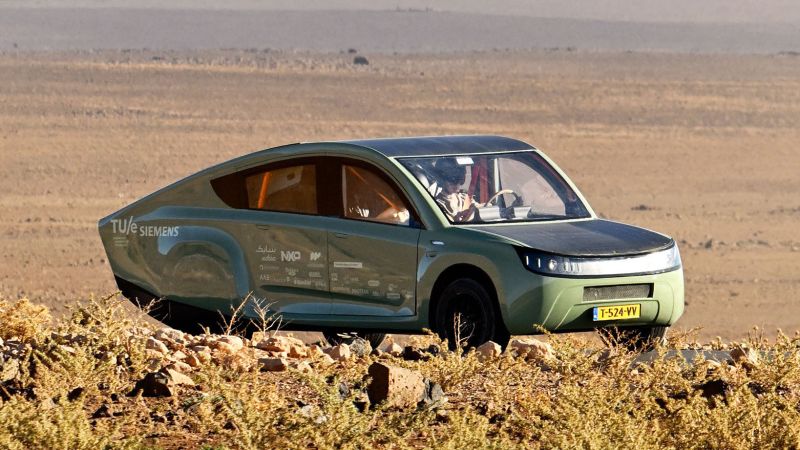Built by a team of students at Eindhoven University of Technology (TUE), “the world’s first off-road solar-powered vehicle” could help connect remote areas “where roads are less developed and energy grids are not as reliable,” and assist with emergency aid and deliveries, says Thieme Bosman, events manager for the team.
The team tested the vehicle in Morocco earlier this month, driving more than 1,000 kilometers (621 miles) between the country’s northern coast and the Sahara Desert in the south.



What’s with the downvotes? I live in the Arctic. It’d be dead weight for much of the year.
Because not every product is designed for every person in every situation. And that’s OK.
Oh, no, the downvotes have nothing to do with where you live yet they have something to do with you being arrogant and ignorant
Would you care to elaborate? I mean I’ve been to Morocco. The sun’s powerful enough to cook flesh. Most people don’t live in the Sahara or the atlas mountains though. The whole reason they tested it there is that it’s the place with the most reliable sunshine. The further north you go, the more cloud cover you get as well as a shallower angle of incidence. The further you deviate from a 90° angle of incidence the less conversion you get. Until you get to the point where it’s all reflected. And the weird folding system of the solar panels in the back of the TWO SEATER SUV means the panels can’t be tilted.
A trailer full of fold out solar panels that can be angled towards the sun, used to charge a normal EV would be a far simpler and less impractical solution.
Also the reason it’s so light is that the motor had to be kept small so that the vehicle could move. It fails as a useful car but definitely fails as an SUV.
Also solar panels deteriorate over time. Are you going to replace the roof of the car every 5 years?
As I am clearly ignorant AF, feel free to walk me through the physics and prove me wrong.